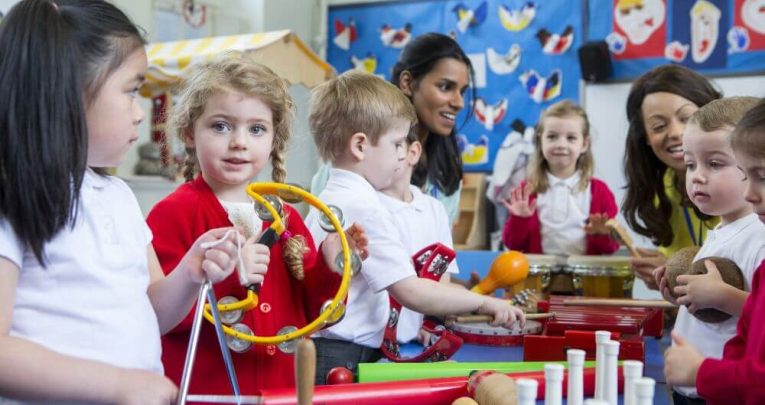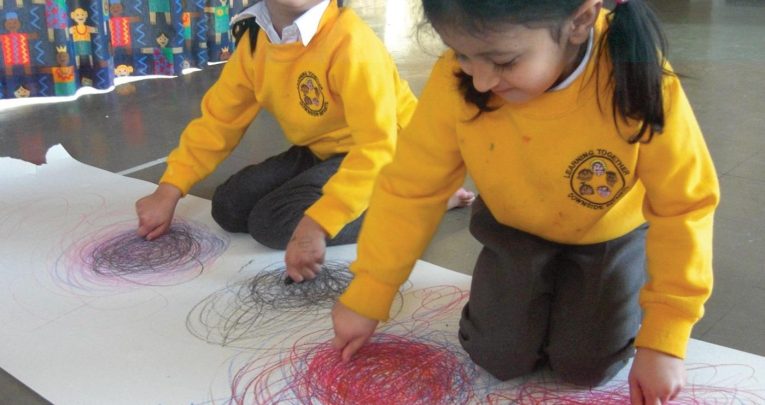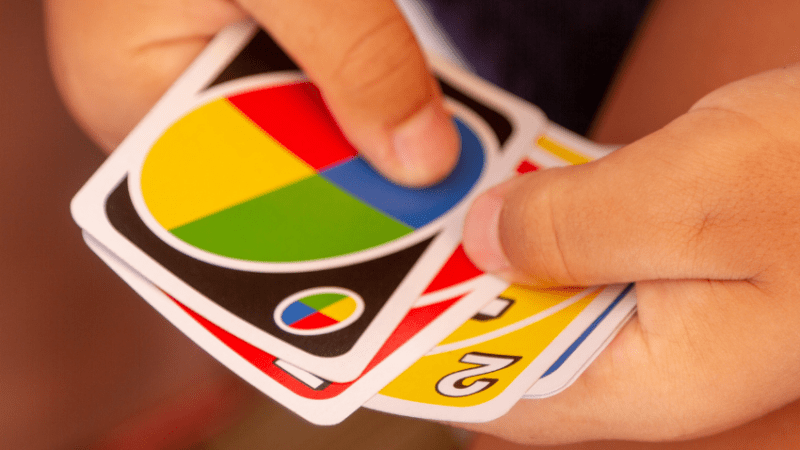Neuroscience Reveals The Power Of Music To Benefit Children’s Outcomes Across The EYFS
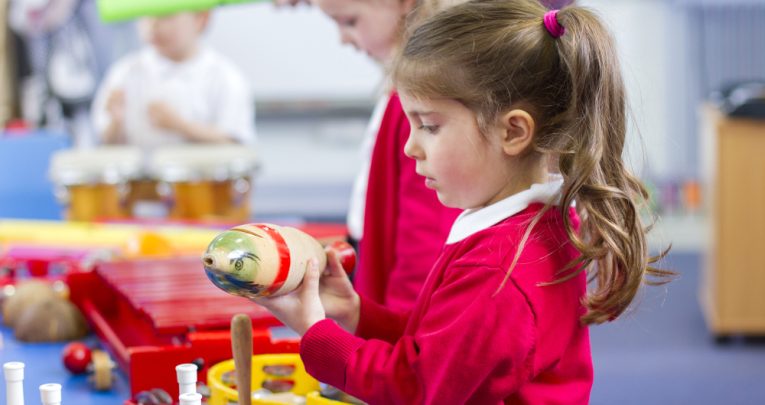
Early years music-making activities draw on various areas of the brain simultaneously.
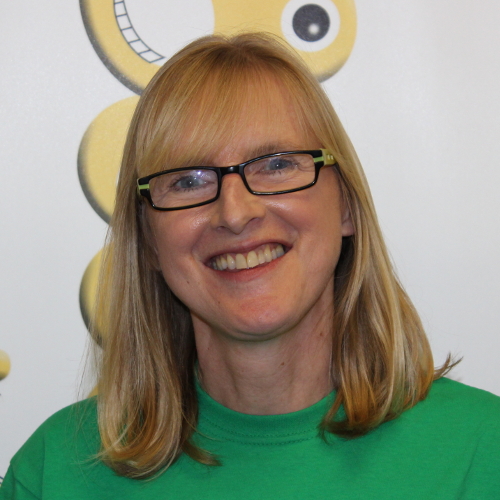
- by Sue Newman
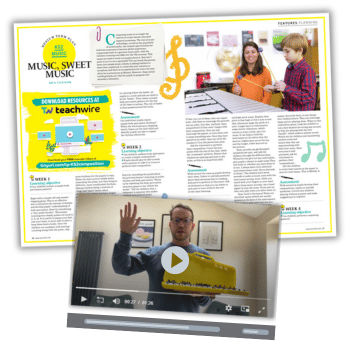
Mine Conkbayir wrote in Teach Early Years 7.2 about the importance of neuroscience in providing evidence-based understanding of how babies and young children develop. Well, neuroscience can also help us to understand the impact of music on early years development.
Studies show us that early years music-making activities draw on various areas of the brain simultaneously, facilitating many different aspects of development and providing one of the most effective influences on brain development at this key stage.
Music is a multisensory experience that involves three ways of learning: auditory, visual and kinaesthetic. Similarly, the brain is a multisensory organ, and this could partially explain the remarkable benefits: music activates all three cortices (motor, visual and auditory) of the brain.
Cognitive benefits
Musicians seem to have a larger bridge between the left and right hemispheres, or sides, of the brain – the corpus callosum. A study by Harvard neuroscientist Gottfried Schlaug and his research group found that music learning before the age of seven helps connect the hemispheres by enhancing the neural connections present in the corpus callosum, improving communication between the two sides. A larger corpus callosum enables messages to travel more quickly, in creative pathways, resulting in higher executive function (IQ).
Indeed, the last two decades of neuroscience research studies provide evidence that music education raises general cognitive function – this is referred to by neuroscientists as the ‘musician’s advantage’. We know from research that the earlier the exposure to music-making opportunities the better.
These findings suggest that musical training can intensify neural function during sensitive periods in auditory brainstem development, and that experience-dependent brainstem plasticity was most apparent in 2-5-year-olds, the youngest group of musicians sampled.
But despite this overwhelming evidence of the power of music in early brain development, music gets hardly a mention in the EYFS framework and is not covered in Early Years Teacher training or parenting guides. It seems that the ‘musician’s advantage’ is the neuroscientists’ secret!
Literacy & numeracy
Anita Collins, researcher in neuroscience and music education at the University of Canberra described the effect of music as “like fireworks going off in the brain […] Music is a whole brain workout.”
Following many years of research evaluating the findings of neuroscience studies into the ‘musician’s advantage’, she concluded that: “Music education is the key to raising literacy and numeracy standards. The evidence suggests that children who undertake music education have higher levels of cognitive capacity (especially regarding language acquisition and numerical problem-solving), tend to remain in education for longer, and earn more across their lifetime. Even better news is that it can also reverse the cognitive issues relating to disadvantage.” (For more information on the wealth of recent research undertaken by Anita Collins, visit anitacollinsmusic.com)
Neuroscience also provides evidence that every child is born with the innate capacity to develop music skills (neural pathways). In early years these skills include keeping the beat, developing a sense of rhythm, remembering sequences of sounds, patterns of pitch, tempo and dynamics.
Brainvolts
Research shows that music can benefit development in all areas of the EYFS (for more on this, download Boogie Mites’ Practitioner’s Guide to Active Music-making for free, here). A significant neuroscience project that continues to provide evidence of music’s impact on the development of the neural pathways that support strong literacy skills, a priority school-ready skill, is Brainvolts, the work of researchers at the Auditory Neuroscience Laboratory based at Canada’s North Western University.
Through a series of innovative studies involving thousands of research participants from birth to age 90, the researchers have found that our lives in sound shape the biological infrastructure of the auditory system, and the strength of the auditory system impacts on cognitive function generally, communication and literacy skills specifically.
A publication they issued last year offers a review of studies of music training that employ a biological approach to reveal the integrity of sound processing in the brain. Together, these experiments show that music works in synergistic partnerships with language and literacy skills, and demonstrate that regular music practice refines the auditory processing system like no other activity, with literacy skills (language, reading, sound-to-meaning connections) contingent on the strength of the auditory processing system.
When we first learn to read, it is not our visual but our auditory abilities that determine how easily we transform the letters on the page into words. It is the skill of the ear not the eye that determines how easily a child learns to write and spell. Specifically, it is the fine-tuned discrimination of individual sounds.
There are two proven ways to boost this skill: training in phonics and training in music. Phonics is most commonly used in schools. The National Literacy Strategy – Letters and Sounds Phase 1 (3-5 years) recognised the important part music plays in developing strong foundations for phonics and recommended that music should be part of everyday activities in the preschool year.
We know from research that phonological skills at age four are the best predictor of literacy skills age eight, and that phonological awareness is improved through music training. Latest research has established that regular music practice is just as effective, if not more effective, than training in phonics when it comes to reading success (‘Reading skills can be predicted based on auditory abilities’ (Hornikel, Chandrasekaran, Zecker, Kraus 2011)).
Try it yourself
With all this evidence, it is surely time for neuroscience to be accepted as a way of informing early years practice. You don’t need to be a musician to lead brain-boosting music-making activities; you just need the training and resources – and the confidence will come with practice (as you develop your own brain to learn the music-leading skills!).
Brain-boosting activities
Nine easy ways to develop literacy through musical play
- Play with voice sounds – sing songs high and then low, fast and then slow, loud and then soft. Play with pitch, tempo and dynamics
- Use instruments to keep the beat such as shakers, sticks and drums
- Keep the beat with actions – marching, bobbing up and down, body percussion such as clapping, stamping and thigh-tapping
- Develop a sense of rhythm using tapping sticks to tap out the rhythm (syllables) of words and the rhythm of the music
- Play along with different styles of recorded music with a strong drumbeat
- Finish the rhyme line with rhyming words; play with rhyming pairs
- Create rhythmic patterns of sounds, actions, body percussion sequences and words
- Use the call-and-response method for leading sequencing of vocal sounds, actions and instrumental sounds
- Use music that the adults enjoy as much as the children, an enthusiastic leader engages and enthuses the children
Sue Newman is a director of Boogie Mites Music Programmes. Boogie Mites writes songs and compile music programmes to support learning in the EYFS. Its mission is to offer all early years practitioners and families the knowledge, resources and confidence to harness the brain-boosting fun of active music-making to support learning in the EYFS. To find out more, email sue@boogiemites.co.uk or visit boogiemites.co.uk.



